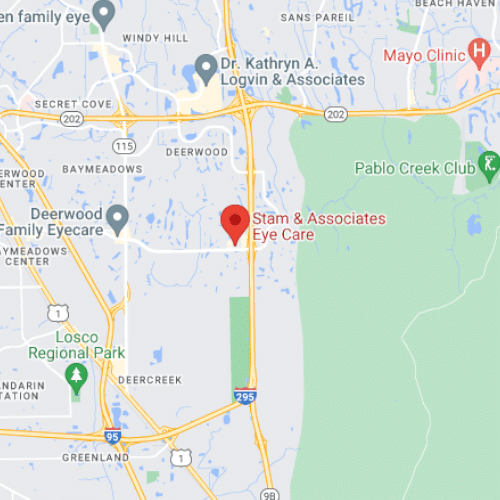Macular Degeneration

According to the American Macular Degeneration Foundation, macular degenerative eye affects as many as 10 million Americans at any given point. This is a serious eye disorder that will eventually cause you to lose your important areas of your vision.
What is Macular Degeneration?
The macula is located in the rear of the eye and is a component of the retina. It’s only approximately 5mm in diameter, yet it’s in charge of our center vision, most of our color vision, and fine detail perception. The macula also contains a large number of photoreceptor cells, or light-detecting cells. They transmit impulses to the brain, which the brain interprets as pictures. Our peripheral vision is processed by the remainder of the retina.
This is why, with macular degeneration, peripheral vision may remain less affected, while central vision is reduced or lost entirely.
Age-Related Macular Degeneration
The most prevalent of this condition is age-related macular degeneration (ARMD), which mostly affects persons over the age of 60. Although there are other forms of macular degeneration, the most prevalent is ARMD. There are two forms of ARMD: Wet age-related macular degeneration and dry age-related macular degeneration.
Wet Age-Related Macular Degeneration
Age-related macular degeneration that is “wet” is less prevalent, but it progresses more quickly in causing severe central vision loss. Wet age-related macular degeneration is when aberrant blood vessels grow behind the retina. These new blood vessels (also known as choroidal neovascularization or CNV) are usually unstable and often leak blood and fluid. Blood and fluid lift the macula from its natural position in the rear of the eye, interfering with retinal function and blurring central vision. Despite the development of CNV, some patients do not pick up on any visual abnormalities. This is why people who are at risk for CNV should have their eyes examined on a regular basis. Whether or not there is vision loss, once CNV has been established in one eye, the other eye is at a significant risk of developing the same condition. It’s important to get screening for macular degeneration even if you do not detect any symptoms of vision loss.
Dry Macular Degeneration
The most prevalent kind of age-related macular degeneration is “dry” age-related macular degeneration, which causes visual loss more slowly. A large majority of all macular degeneration is dry macular degeneration. This type of macular degeneration results in drusen, little yellowish deposits of metabolic waste products, developing underneath the retina. Vision may become fuzzy and distorted as these deposits get larger. Most eyesight changes at this period are minor, but the condition can quickly develop into the wet form of macular degeneration.
Macular degeneration cannot be reversed, but its progression can sometimes be halted. And, because symptoms aren’t always apparent, professional macular degeneration screenings are essential.

